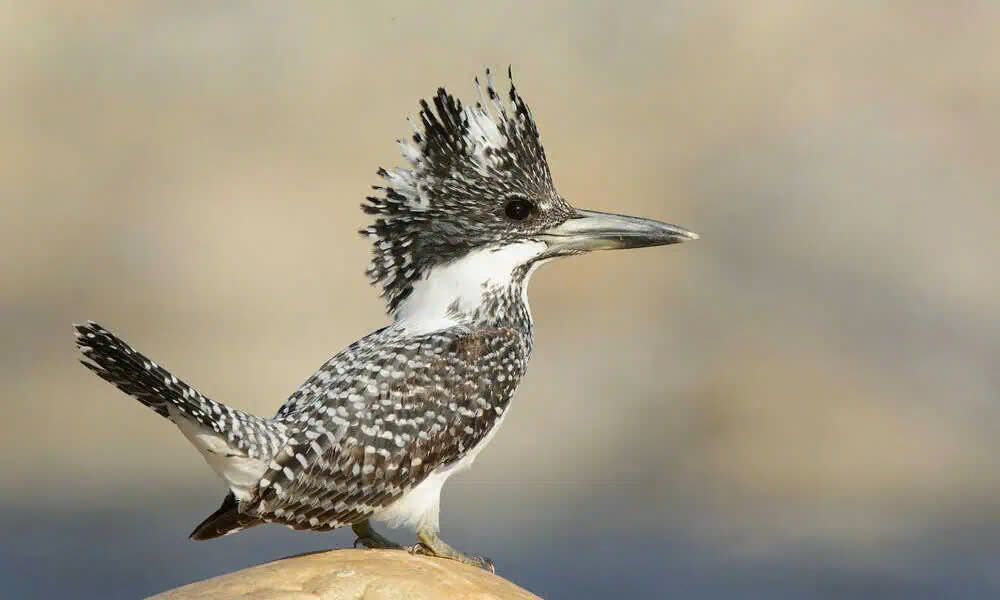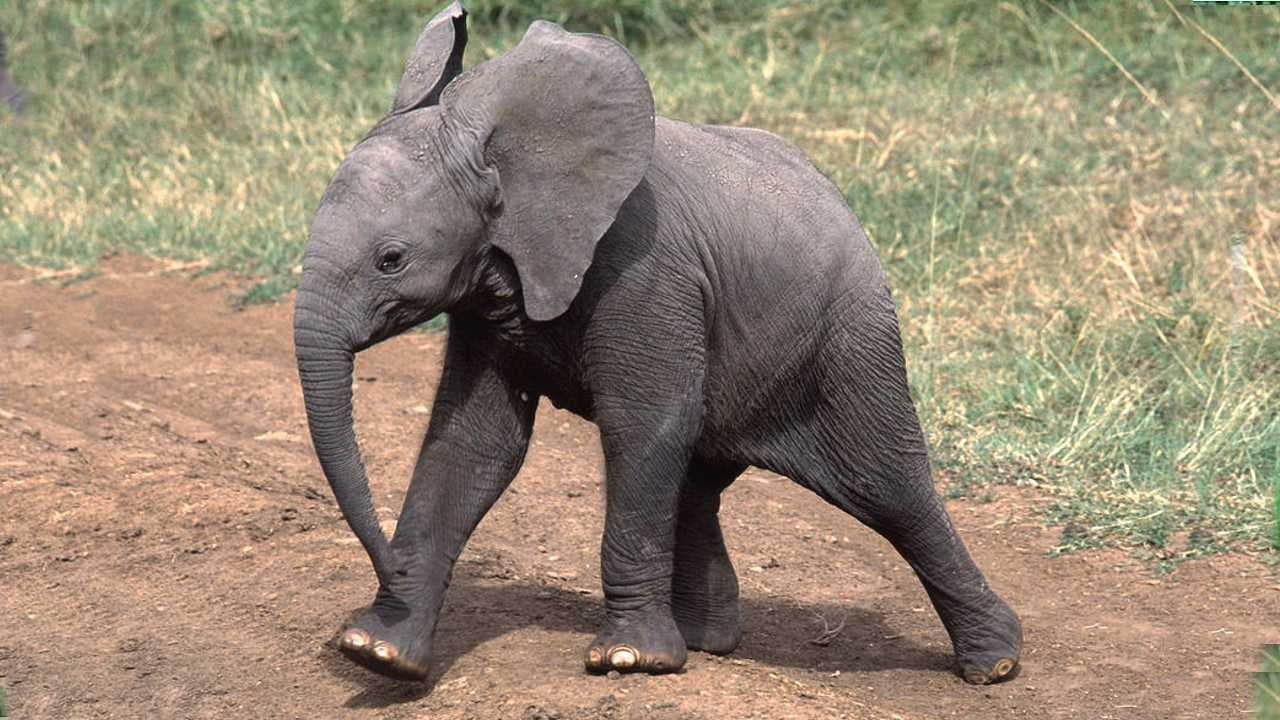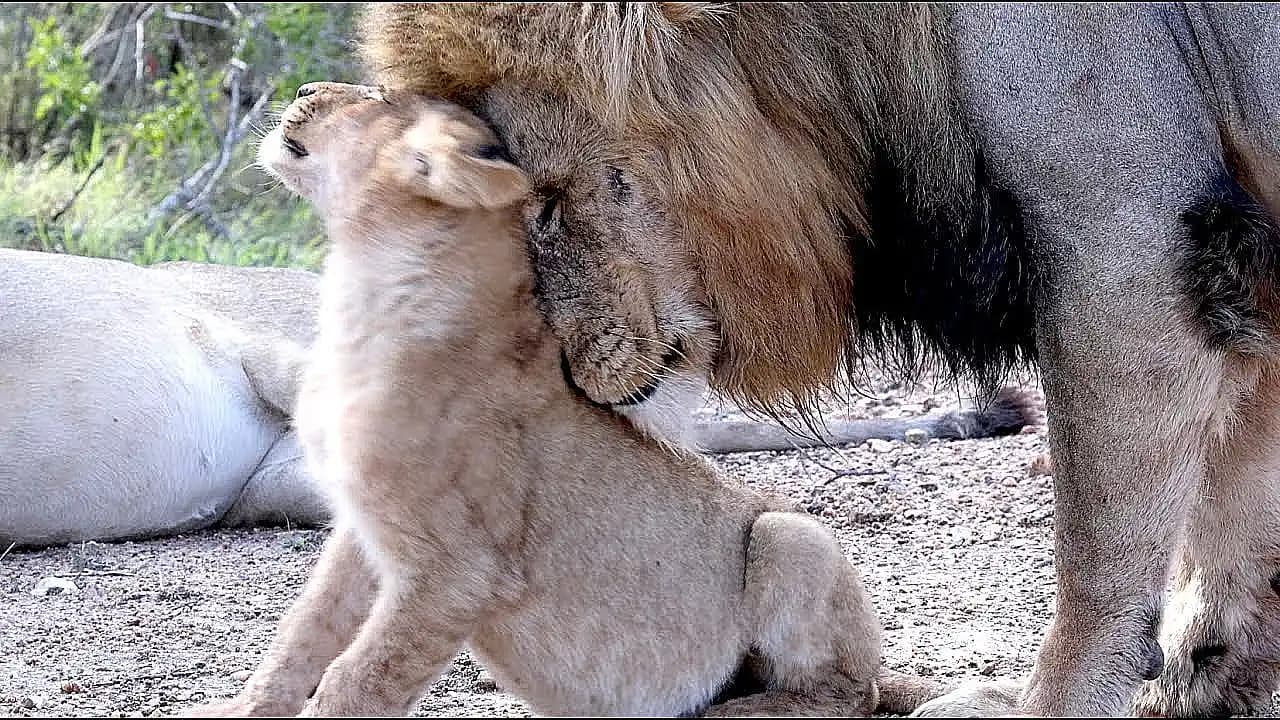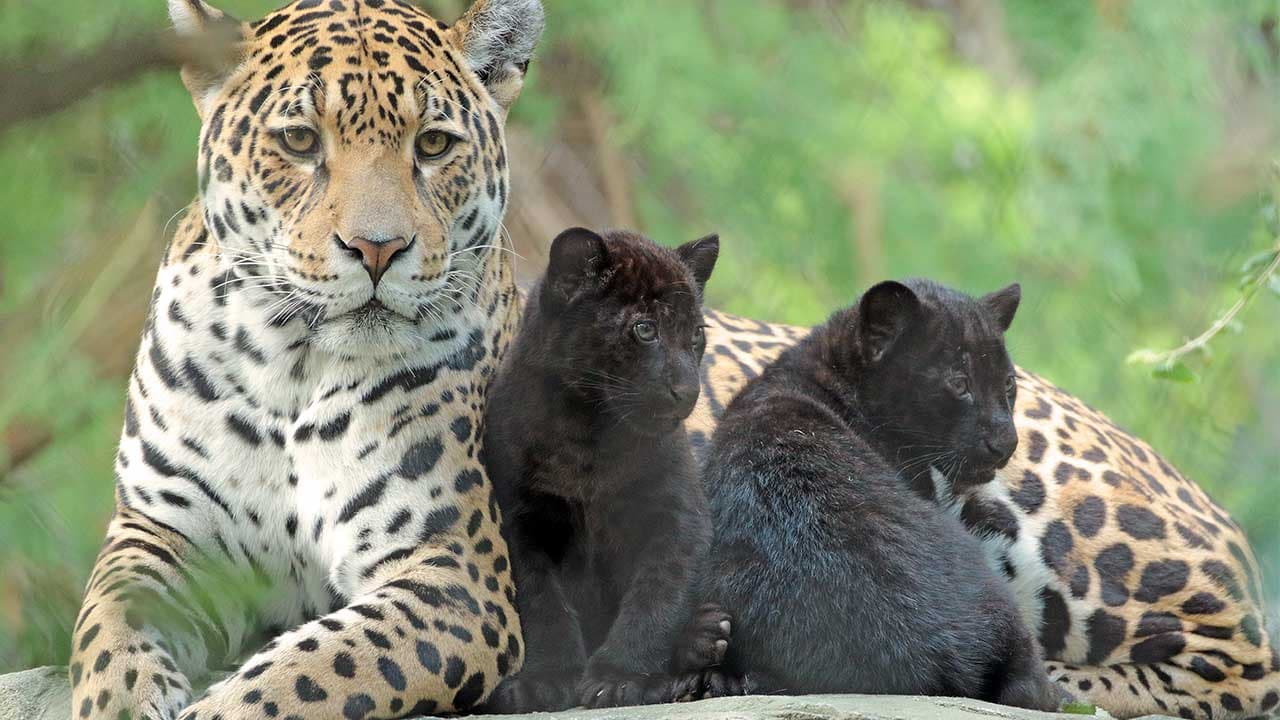The crested kingfisher (Megaceryle lugubris) is a captivating bird known for its extraordinary and striking appearance. What immediately stands out is the sharp, distinctive crest on its head, a feature that sets it apart from other kingfishers. This crest, along with its bold black and white plumage, creates a striking contrast that makes the bird even more remarkable. The bird’s thick and elegant feathers, coupled with its dignified posture, give the crested kingfisher an air of majesty, making it a popular subject for birdwatchers and nature enthusiasts all around the world. Its beauty and poise make it a true marvel of the natural world.

Found across South Asia, the crested kingfisher has a broad range that spans from the Indian subcontinent all the way to Japan. This bird thrives in mountainous and hilly regions, often staying near rivers and other freshwater sources, where it hunts for fish and crayfish, its primary diet. The crested kingfisher is particularly adept at perching on the edges of rocks, tree branches, or partially submerged logs along riverbanks, always alert and ready to dive into the water to catch its prey. Its method of fishing, which involves sudden and precise dives, is an impressive display of its hunting prowess.

Despite its strong presence in many areas, the crested kingfisher is facing challenges in some parts of its range. One of the most significant threats to this species comes from habitat destruction. In northeastern China, for example, the bird’s population has been significantly reduced due to the loss of its natural environment. As urbanization and industrialization continue to expand, the rivers and natural areas where the crested kingfisher resides are being altered or destroyed, leaving the birds without the necessary spaces to thrive.

To ensure the continued survival of the crested kingfisher and its future generations, focused conservation efforts are essential. Protecting the bird’s natural habitat is critical, as it relies heavily on clean, undisturbed rivers and forests to hunt, breed, and thrive. Additionally, raising awareness about the importance of preserving these natural spaces is crucial for the protection of not only the crested kingfisher but also the other wildlife that depends on these ecosystems. Conservation programs that include habitat restoration, legal protection of rivers and forests, and local community engagement in sustainable practices will be key to safeguarding the future of this beautiful bird.

The crested kingfisher’s striking appearance and fascinating behavior make it a true gem of the natural world. Its agility and grace as it hunts for food, combined with its beautiful feather patterns, continue to capture the hearts of those fortunate enough to witness it. As we face increasing environmental challenges, it is more important than ever to protect these magnificent creatures and their habitats. Through collective efforts, we can ensure that future generations will have the opportunity to experience the wonder of the crested kingfisher in all its splendor. Let us work together to preserve this stunning species and the ecosystems it calls home, ensuring its place in nature for many years to come.















